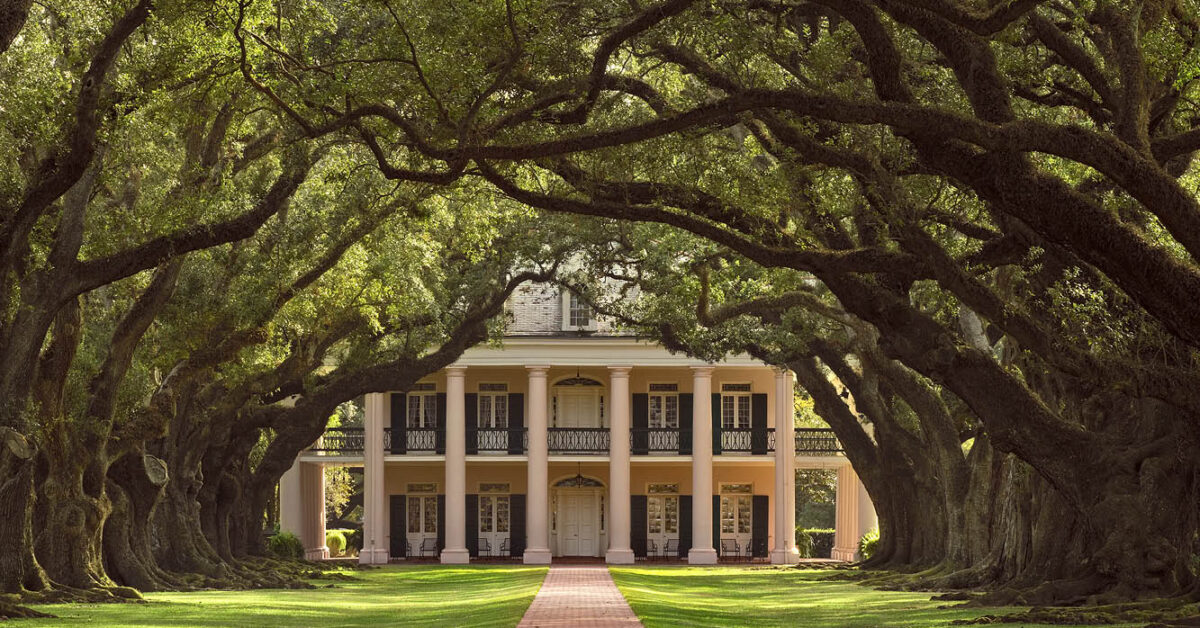
Purrfect Pets
July 2021
Mae’s Mission: Funding the Greater Good
July 2021by Madelaine Brauner Landry
Are you fascinated with history, discovery, and a fondness for old things? You might consider exploring Louisiana’s River Road for tours of its unique plantation homes. There are various compelling reasons to visit. The importance of sightseeing properties from the Deep South’s antebellum past is hard to ignore. Human beings were held in bondage, a slave experience we cannot deny or ignore. The lives of wealthy plantation owners are also enlightening, and these sites offer a treasure trove of archives containing art, photography, books, and music that help reveal many mysteries.
The following is hardly an exhaustive list. River Road boasts approximately 12 plantations, most open to the public. Whether you choose a day trip, or one that evolves over a few days, allow yourself to slow down and explore other historical sites you will find along the way. Some are in ruin; some are recognizable from film and television. This journey can be an eye-opening historical and personal experience that will provoke many emotions. Its diversity will not disappoint. Magic is instilled in the traveler who realizes that what initially compelled them to take the trip will not necessarily be what they take away when it comes to an end.
1811 Kid Ory Historic House (LaPlace)
Promoted as one of the oldest structures in St. John the Baptist parish, the 1811/Kid Ory Historic House tells the story of an 1811 slave rebellion, as well as the dawn of jazz, two noteworthy historical events. Using diverse media to engage visitors, these museum walls share tales from the “big house” from which it was created. This site was home to a variety of owners from 1797-1922, but it is currently not furnished as a residence. It serves as a repository of artifacts, historical musical instruments, interactive displays and panels for art and photography. Testimonies of the enslaved, as well as an archive of Kid Ory Creole jazz memorabilia are its primary features.
Laura Plantation (Vacherie)
The exciting part of this site is its ongoing contribution to research to the story of enslaved people in Louisiana’s Creole past, as well as its home’s history that includes four generations of female ownership. Laura reveals its captivating story starting with its builder, Guillaume Duparc, a French Naval veteran of the American Revolution. His sugar farming complex sat on high ground with access to the Mississippi River, and included land originally settled by Native Americans or purchased from the Acadians. Female descendants eventually became responsible for the daily operations of the original home and business. Laura’s story unfolds in a 2017 museum exhibit entitled “From the Big House to the Quarters: Slavery on Laura Plantation.”
Oak Alley Plantation (Vacherie)
Always a must when touring River Road plantations, Oak Alley also offers dining and overnight accommodations. This home has been a sugar plantation, an abandoned investment property, cattle ranch, and a beloved local icon that escaped destruction plans from the Army Corps of Engineers. Today’s Oak Alley is designated a National Landmark, and boasts a non-profit Foundation whose mission is to interpret, maintain, and preserve each component of its fascinating history. Open to the public for almost five decades, it remains dedicated to its unique “narrative integrity,” as its secrets reveal not only a magnificent landscape, an exquisitely appointed home, but also a place of human enslavement and inescapable painful history.
San Francisco Plantation (Garyville)
In 1827, Elisée Rillieux, a man who counted himself among the gens de couleur libres (free people of color), had a vision. He bought tracts of lands, and slaves, establishing a sugar plantation 40 miles downriver from New Orleans in St. John Parish. His speculation paid off, and San Francisco developed successfully through various owners, surviving the Great Flood of 1927, a legislative action that preserved many River Road plantations, and massive restorations by ECOL and Marathon Oil. Now on the National Register of Historic Places, it was renovated through scientific analysis of materials and structure, returning it to its pre-Civil War antebellum splendor. It displays a distinctive style and color scheme enjoyed by over 100,000 visitors annually.
Houmas House (Darrow)
By contrast, Houmas House allows its visitors to experience sugar plantation life in the post-Civil War era, renovated to reflect life in the 1880s. The site offers a guided mansion tour that covers a 250-year history that highlights its architectural features, furnishings, expansive gardens, and details of plantation life as the South sought to sustain its former glory. It also offers three restaurant/dining options and overnight accommodations. Featured in almost twenty films, Houmas House sits in a large curve of the mighty Mississippi, on high ground first settled by the Houmas Indians. This fertile land created plantations that grew cotton, sugarcane, corn, indigo and tobacco, as well as provided rich hunting for early settlers.
For more extensive travel and site details, visit www.louisianatravel.com/attractions/historic-homes.






